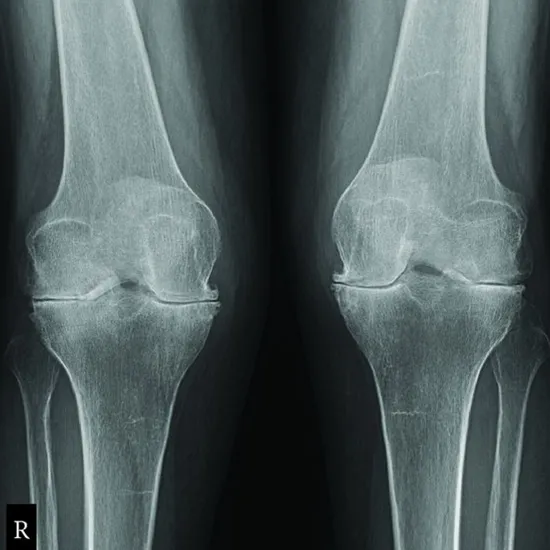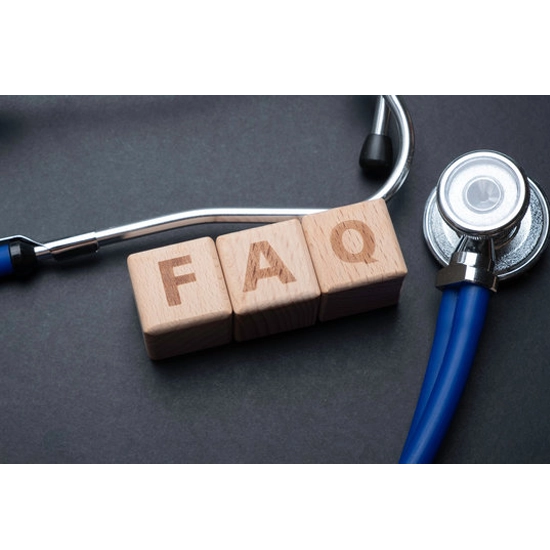
Book X-Ray Right Knee Joint AP Lateral View Appointment Online Near me at the best price in Delhi/NCR from Ganesh Diagnostic. NABL & NABH Accredited Diagnostic centre and Pathology lab in Delhi offering a wide range of Radiology & Pathology tests. Get Free Ambulance & Free Home Sample collection. 24X7 Hour Open. Call Now at 011-47-444-444 to Book your X-Ray Right Knee Joint AP Lateral View at 50% Discount.
The knee antero-posterior and Lateral (AP and LA) projection is considered to be a standard view that is performed to assess a patients’ knee joint and also ones surrounding anatomy.
This is done to get clear image of the patients joint spaces and soft tissues that are around the knee joint.
The anatomical structures that are seen in the x-ray are as follows:
This test is used for the identification of the following:
For being rolled into lateral position, patient would be placed in lateral recumbent position with affected side, towards down.
The affected knee would be flexed to about 20 to 30 degrees. The pelvis must not be rotated at all. The opposite limb would be extended and then placed behind knee which is being examined.
No specific care is required after undergoing the scan
At Ganesh Diagnostic and Imaging Centre, we are known for providing excellent service and care to its patients for decades. Lakhs of satisfied patients over the years!
It is an established and renowned diagnostic centre since 2001.
Their excellence is backed by NABH and NABL Accreditations.
NABH accreditation is proof of highest standard of care and service provided to the patients. NABL accreditation reflects the competency of laboratories and equipment based on some national and international standards.
Test report is available digitally too.
Ganesh Diagnostic and Imaging Centre is a one-stop solution for getting all kinds of tests done, as all services are available under one roof.
The aim of GDIC is to provide world’s finest technology at the lowest price.
The rates of scans are reasonably priced. Ganesh Diagnostic and Imaging Centre also offer FLAT 50% OFF on many tests.
Patients can rely upon test reports as reports are 100% accurate.
The cost of the X-Ray imaging for the Right Knee Joint AP LAT View Test in Delhi starts at INR 450.
| Test Type | X-Ray Right Knee Joint AP Lateral View |
| Includes | X-ray Right Knee Joint AP Lateral View (X-Ray) |
| Preparation |
|
| Reporting | 4-6 hours |
| Test Price |
₹ 450
|

Early check ups are always better than delayed ones. Safety, precaution & care is depicted from the several health checkups. Here, we present simple & comprehensive health packages for any kind of testing to ensure the early prescribed treatment to safeguard your health.